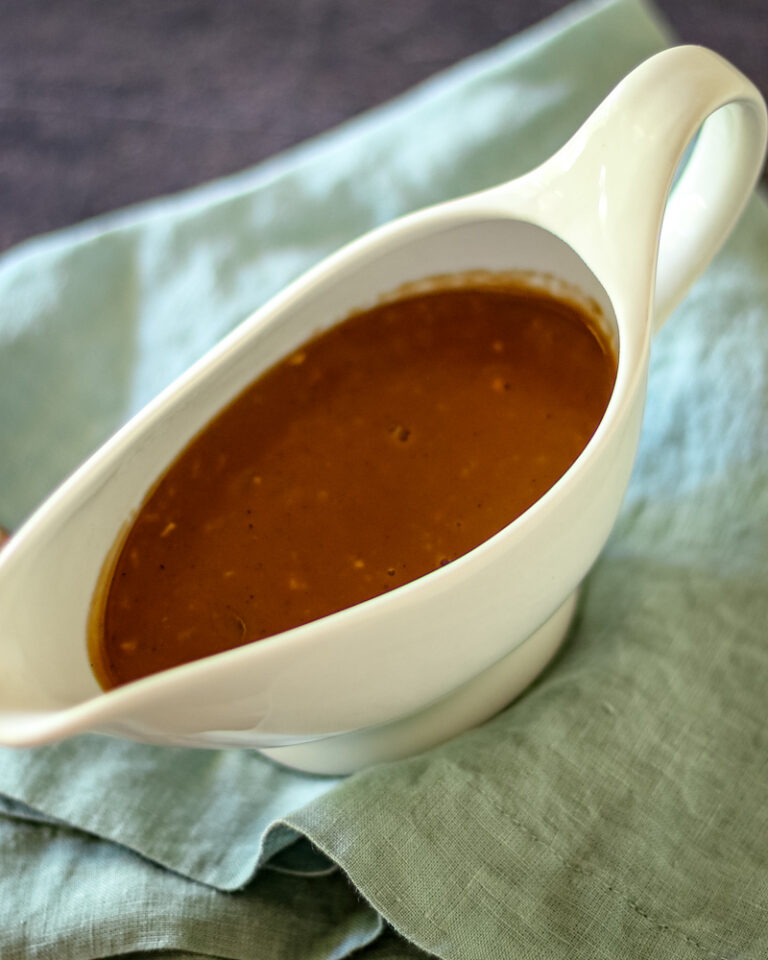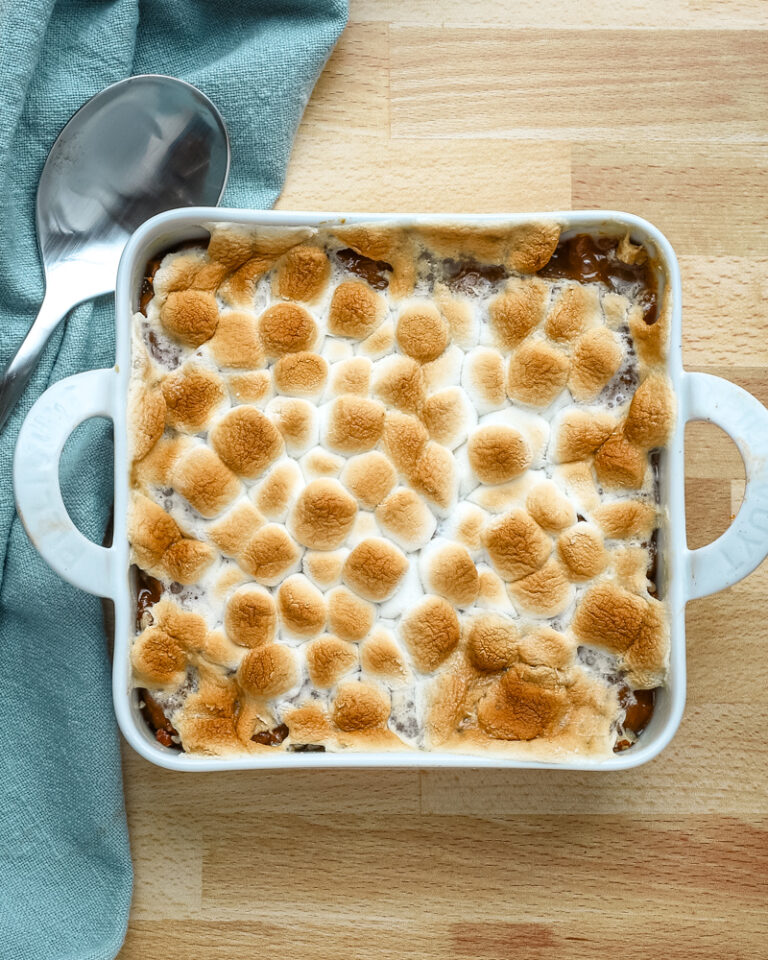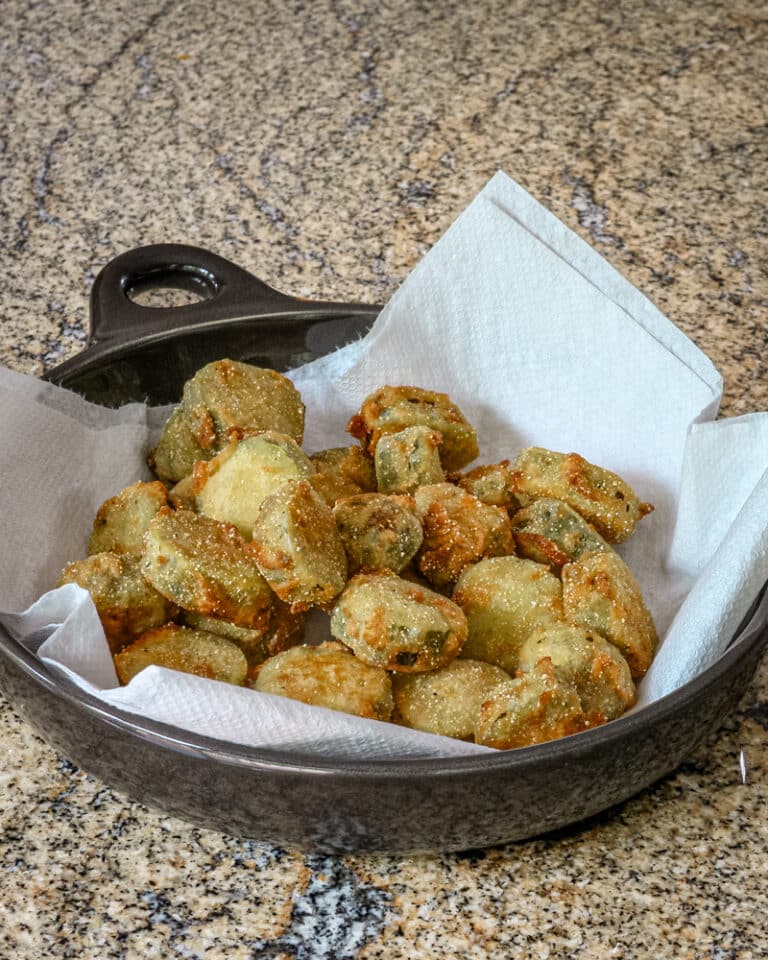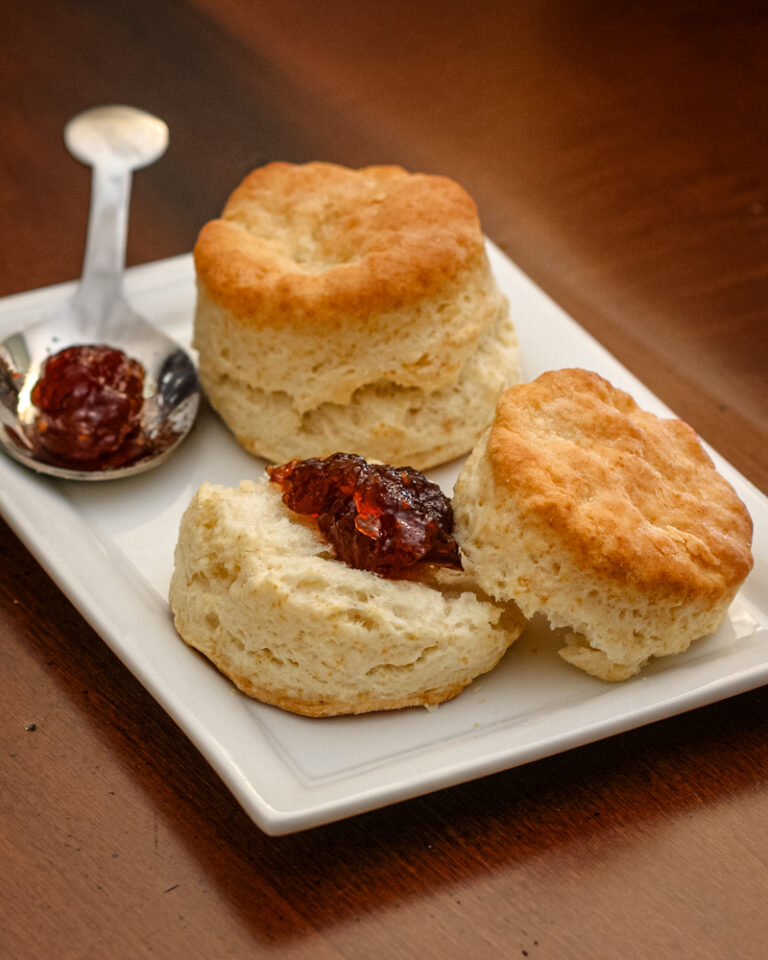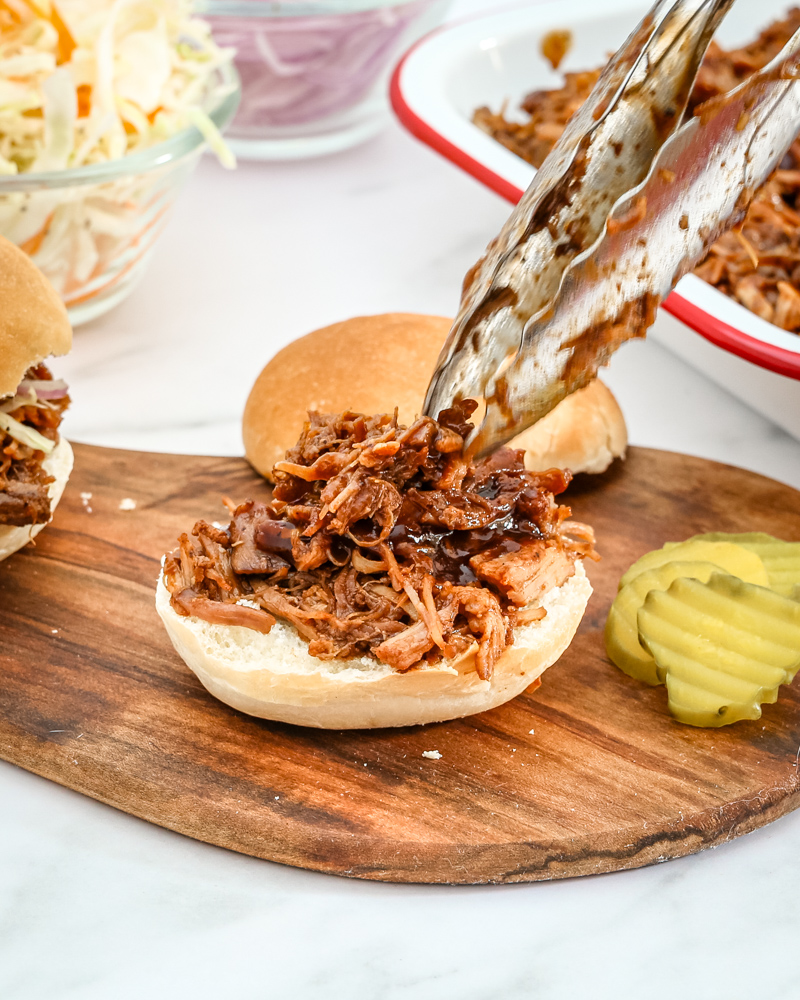Southern Spoon Bread
Enjoy the creamy goodness of Southern spoon bread. This traditional dish is soft, custard-like, and served with a spoon.
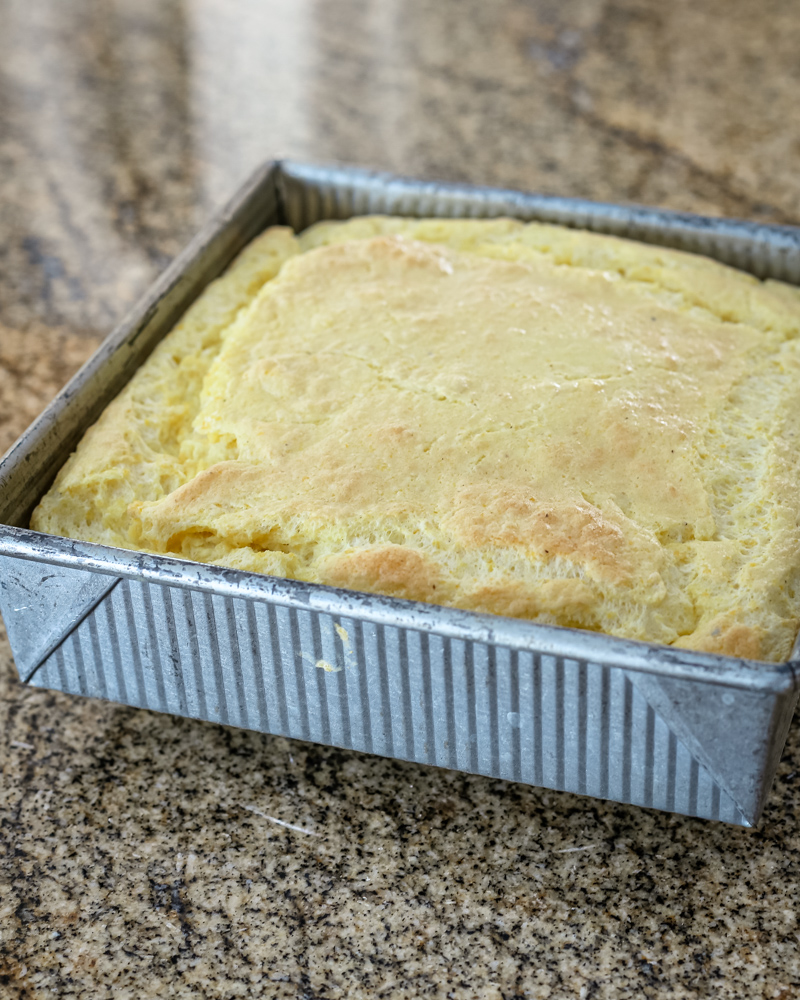
Southern spoon bread is similar to cornbread, but it’s more custard-like in texture. In fact, it’s so soft that it’s served with a spoon. It is thought to have originated with Native Americans, and was called “owendaw” in earlier recipe collections and cookbooks, and hominy (grits) was a common ingredient. The Carolina Housewife cookbook (1851) has a recipe for owendaw made with hominy grits, butter, eggs, cornmeal, and milk.
What You’ll Like About This Dish
Soft and custardy. Unlike cornbread, this is meant to be scooped—delicately light with a soufflé-like texture.
Simple ingredients. Uses pantry staples like cornmeal, eggs, milk, and butter.
Southern classic. A traditional dish with deep roots and timeless appeal.
Versatile side dish. Pairs well with everything from greens to roast pork.
Ingredient Notes
- Cornmeal: Use plain white cornmeal (not self-rising) for best texture and flavor.
- Butter: Adds richness—melted into the hot cornmeal base.
- Milk and vinegar: Acts as a homemade buttermilk substitute to tenderize and flavor.
- Eggs: Give structure and a light, almost airy texture when baked.
- Baking soda: Reacts with the vinegar-milk mixture to create lift.
- Salt: Enhances flavor and balances the richness.
Steps to Make Southern Spoon Bread
- Preheat oven and bring 1 cup of water to a boil.
- Slowly stir in salt and cornmeal mixture, then add butter and mix well; let cool.
- Combine milk and vinegar and let stand 5 minutes.
- Stir 1½ cups of the milk mixture into the cooled cornmeal.
- Add beaten eggs and blend well.
- Dissolve baking soda in remaining ½ cup milk mixture and stir into batter.
- Pour into a greased baking dish and bake until puffed and golden.
- Serve hot with a spoon.
Tips for the Best Spoon Bread
- Don’t skip the vinegar—it creates the acidity needed to activate the baking soda.
- Let the cornmeal mixture cool before adding eggs to avoid scrambling them.
- Use white cornmeal for a traditional look and mild flavor.
- Bake until just set—the center should be soft but not runny.
Recipe Variations
- Add cheese. Stir in ½ to 1 cup of grated sharp cheddar for richness.
- Stir in herbs. Fresh thyme, chopped chives, or parsley add a savory element.
- Use buttermilk. Replace milk and vinegar with 1¾ cups of buttermilk.
- Corn kernels. Add ½ cup of cooked or thawed corn for texture and sweetness.
Serving Suggestions
- Serve with collard greens or sautéed spinach.
- Pair with ham, roast pork, or barbecue.
- Spoon alongside a bowl of chili or vegetable soup.
- Add a pat of butter or drizzle of honey for extra richness.
How to Store
Refrigerate: Store leftovers in a covered container for up to 3 days. The texture may become firmer once chilled.
Freeze? Not recommended. Spoon bread is best fresh, as freezing can change the texture.
To Reheat: Warm gently in a covered dish in the oven or microwave until heated through. Add a splash of milk if needed to restore creaminess.
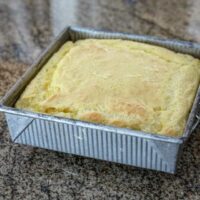
Southern Spoon Bread
Ingredients
- 1 cup water
- 1 teaspoon salt
- 1 cup cornmeal, white
- 1 cup boiling water
- 2 tablespoons unsalted butter
- 1 teaspoon vinegar
- 1 3/4 cups milk
- 2 large eggs, beaten
- 1 teaspoon baking soda
Instructions
- Heat the oven to 375°F.
- Bring 1 cup of water to a boil in a medium saucepan.
- Combine salt and cornmeal. Add slowly to the boiling water, stirring constantly to prevent lumps. Add the butter and stir to blend. Remove the pan from the heat; transfer to a mixing bowl and let it cool to lukewarm.
- Combine vinegar and milk and let it stand for 5 minutes.
- Add 1 1/2 cup of milk mixture to cornmeal mixture; blend well.
- Add eggs and stir to blend.
- Dissolve the baking soda in the remaining 1/2 cup of the milk mixture and then add it to the cornmeal mixture; stir until well blended.
- Pour the batter into a greased 1 1/2-quart casserole. Bake at for about 30 minutes.
- Serve immediately with a spoon.
Nutrition
Disclaimer:
Our nutritional information is based on a third-party application that analyzes the ingredients list to determine the values. The information is meant to be helpful, but should be considered an estimate. Values may differ depending on measurements, brands, serving variations, and database availability.


